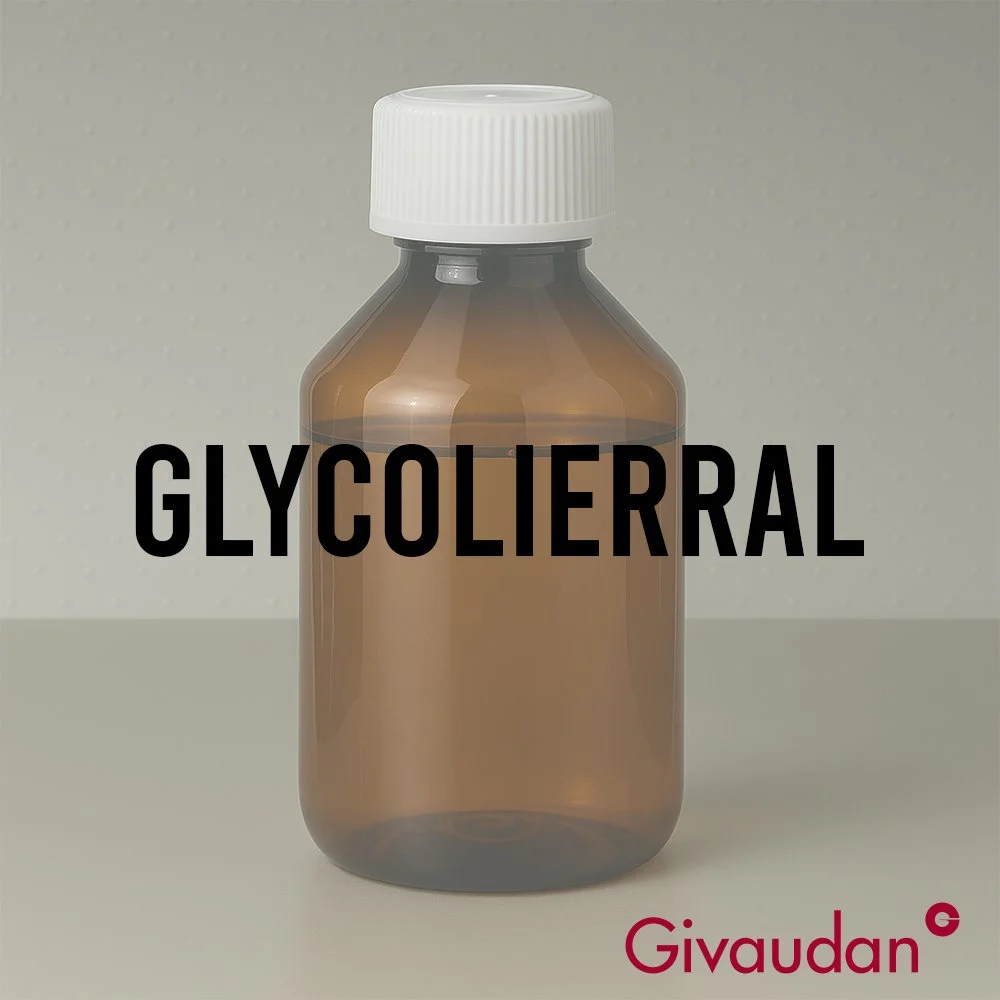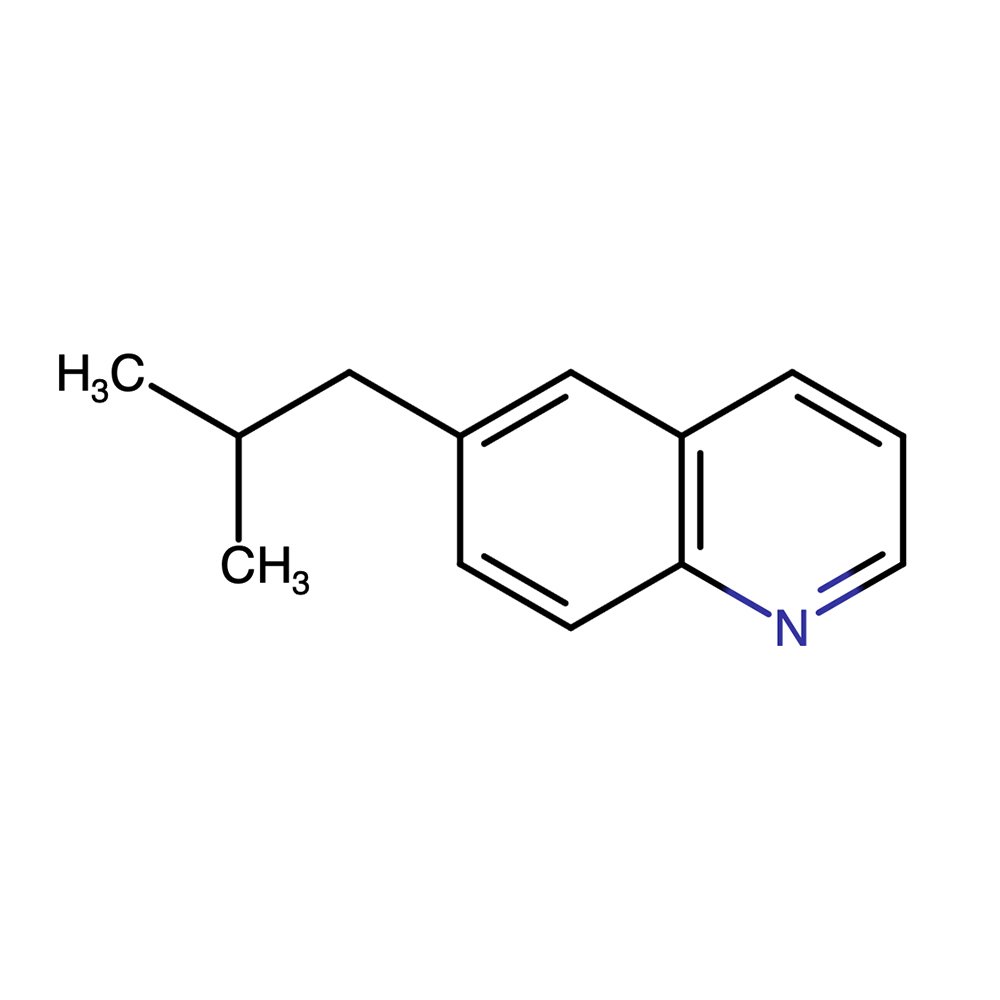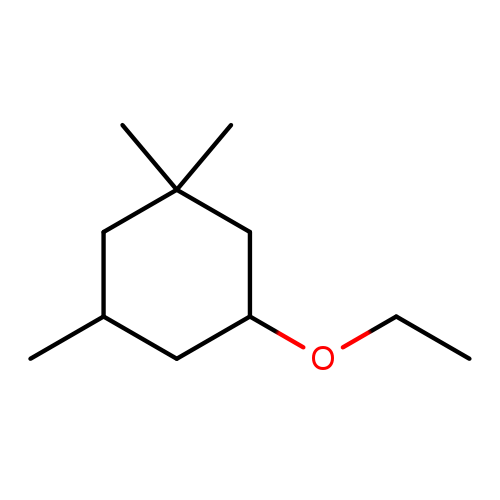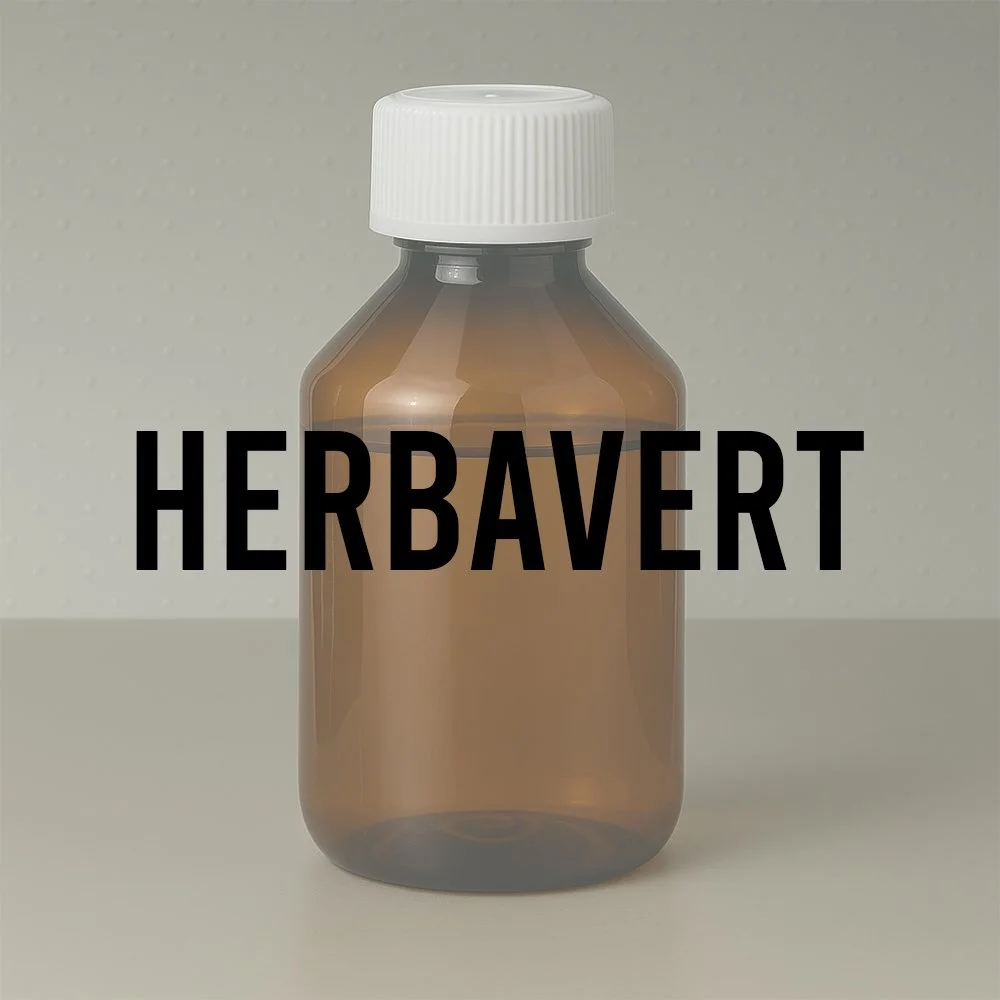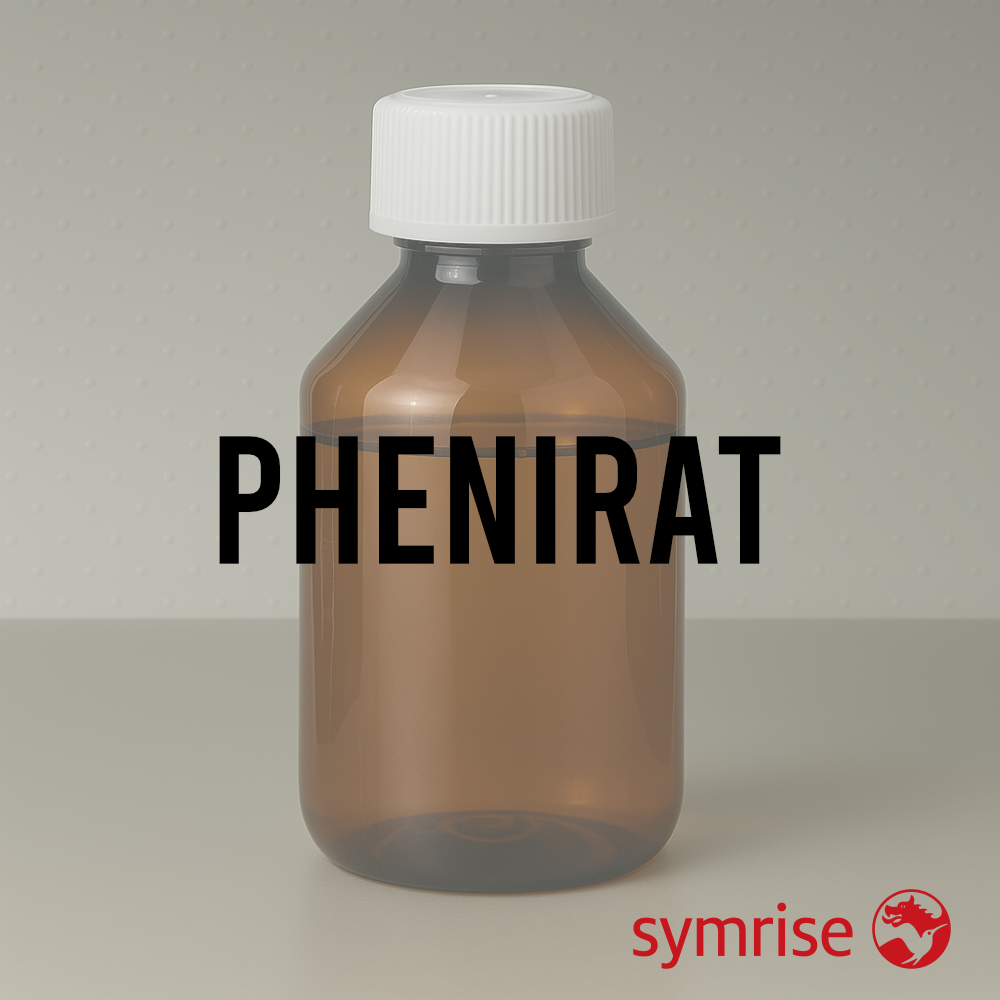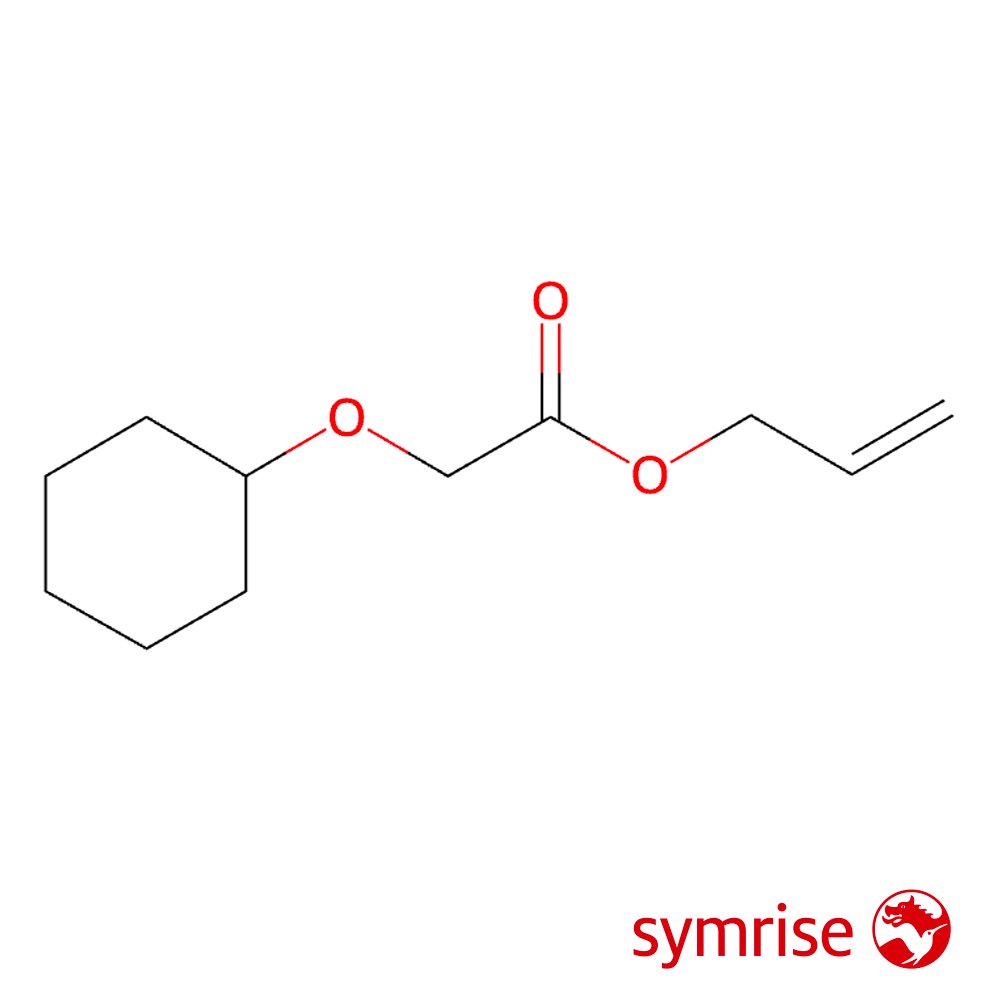GLICOLIERRAL (Glycolierral) Technical Ingredient Overview
🏭 Manufacturer — Givaudan (proprietary molecule, also known as Glycoacetal)
🔎 Chemical Name — 2-[6(5)-Methyl-8(7)-(1-methylethyl)bicyclo[2.2.2]oct-5-en-2-yl]-1,3-dioxolane
🧪 Synonyms — Glycolierral; Glycoacetal; Ivy dioxolane; 2-(8-Isopropyl-6-methylbicyclo[2.2.2]oct-5-en-2-yl)-1,3-dioxolane; 8-Isopropyl-6-methylbicyclooctenyl dioxolane; Maceol glyceryl acetal
📂 CAS Number — 68901-32-6, 94087-23-7 (isomeric mixture)
📘 FEMA Number — Not assigned (perfumery use only)
⚖️ Molecular Weight — 236 g/mol
📝 Odor Type — Green-Floral (Top/Heart note)
📈 Odor Strength — Moderate to strong; described as quiet yet powerful
👃🏼 Odor Profile — Soft floral, green, milky, ivy leaves, woody, fresh; with nuances of lychee and tomato vine
⚗️ Uses — Green top note modifier, fig accords, ivy leaf notes, green floral fruity compositions, elegant florals
🧴 Appearance — Colorless to pale yellow clear liquid
What is Glicolierral?
Glicolierral (also spelled Glycolierral) is a synthetic fragrance material belonging to the acetal family, specifically a bicyclic dioxolane derivative. The molecule features a bicyclo[2.2.2]octene ring system protected as a 1,3-dioxolane acetal, creating a unique structural motif that delivers distinctive green-floral character. As a Givaudan proprietary material, it represents sophisticated molecular design aimed at creating natural-smelling green notes with excellent stability (Givaudan Technical Literature, 2024).
The compound exists as an isomeric mixture (reflected in its dual CAS numbers), arising from the multiple substitution positions possible on the bicyclic framework. This isomeric complexity contributes to its naturalistic olfactory profile, avoiding the one-dimensional character sometimes associated with single-isomer synthetics (Boix Camps, 2010).
Historical Background
Glicolierral was developed by Givaudan as part of their specialty green notes portfolio. According to perfumery literature, the material was originally designated as "Maceol glyceryl acetal" before receiving its commercial name Glycolierral. The molecule gained recognition for its use in iconic fragrances including Yves Saint Laurent's Opium(1977), Guy Laroche's Calandre (1969), and notably Christian Dior's J'adore (1999), where it contributed to the ivy leaf accord that provides green contrast to the dominant tuberose note (Boix Camps, 2010).
The material represents the chemical evolution of green notes in perfumery, offering alternatives to natural oakmoss and other traditional green materials that faced increasing regulatory restrictions. Its acetal structure provides excellent stability in various formulation pH ranges, making it valuable for both fine fragrance and functional applications.
Olfactory Profile
Scent Family: Green-Floral with Fruity aspects
Main Descriptors: Soft floral, green, milky, ivy leaves, woody, fresh, lychee-like, privet, tomato vine facets, slightly animalic undertone
Intensity: Moderate strength; described as "quiet" yet impactful—does not dominate blends but provides essential green character
Tenacity: Less than 24 hours on smelling strip; functions primarily as top to heart note
Volatility: Top note modifier with heart note persistence; evaporates faster than base notes but slower than sharp citrus
Glicolierral delivers a soft, milky-green character distinctly reminiscent of ivy leaves and privet hedge. The material exhibits a naturalistic green quality that some perfumers describe as having lychee fruit nuances, though sources also note subtle animalic or sweaty facets (described as "tomato vine meets armpit" by some evaluators). This complexity prevents the material from reading as purely synthetic, instead suggesting natural plant materials.
Unlike harsh green notes, Glicolierral offers a gentle, elegant greenness that integrates seamlessly into floral compositions without aggressive leafy character. Its "milky" aspect provides softness that rounds harsh edges in aldehydic or citrus-forward fragrances.
Applications in Fine Fragrance
Glicolierral functions primarily as a green top note modifier, particularly valuable in:
Fig accords (preferred over the more intense Stemone by many perfumers)
Ivy leaf reconstructions
Green floral fruity concepts
Elegant floral bouquets requiring subtle green contrast
Woody compositions needing fresh green lift
Aldehydic fragrances requiring naturalistic green softening
The material blends exceptionally well with Acetal CD and Helional, as documented in technical perfumery literature. Its presence in prestigious fragrances like J'adore and Opium demonstrates its utility in creating sophisticated green effects that enhance rather than dominate floral themes.
Typical usage: 0.08% (minimum) to 8% (maximum), with average concentrations around 0.8%. Perfumers note that Glicolierral performs best in "quiet" fragrances where its subtle character can be appreciated; in loud compositions, it may get lost.
Performance in Formula
Chemical Properties:
Log Pow: 3.8 (moderate lipophilicity)
Vapor Pressure: 0.0024 hPa at 25°C (low volatility for a top note)
Flash Point: 140°C (284°F)
Appearance: Colorless to pale yellow clear liquid
Performance Characteristics:
Burning effectiveness: Moderate (suitable for candles with proper testing)
Substantivity Damp: Moderate
Substantivity Dry: Poor
Tenacity: Approximately 32 hours relative odor life
The acetal functional group provides good stability in neutral to slightly acidic pH ranges. The material performs adequately in both alcoholic and oil-based systems, though its quiet character means careful dosage is required to achieve desired effects.
Industrial & Technical Uses
Beyond fine fragrance, Glicolierral appears in:
Premium personal care products (body lotions, shower gels)
Green and fig-themed home fragrances
Functional fragrances requiring elegant green notes
Industrial perfumery applications
The material's presence in both high-end fine fragrances (J'adore, Opium, Calandre) and industrial perfumery demonstrates its versatility across quality tiers and product categories.
Regulatory & Safety Overview
IFRA Status: Not restricted under IFRA Amendment 51; listed in IFRA Fragrance Ingredient Glossary as standard green-floral material
EU Cosmetics Regulation: Compliant for use in cosmetic products; not classified as a fragrance allergen requiring mandatory declaration
FEMA Status: Not assigned; not intended for flavor applications
Toxicology: Standard fragrance material safety profile; no known allergen designation
Note: Material is not found in nature and is entirely synthetic in origin.
References
Boix Camps, A. (2010). Perfumery: Techniques in evolution. Barcelona: Allured Publishing.
Givaudan. (2024). Glycolierral technical data sheet. Retrieved from Givaudan fragrance ingredient database: https://www.givaudan.com/fragrance-beauty/fragrance-ingredients-business/fragrance-molecules/glycolierral
IFRA. (2020). IFRA fragrance ingredient glossary (April 2020 ed.). Geneva: International Fragrance Association.

